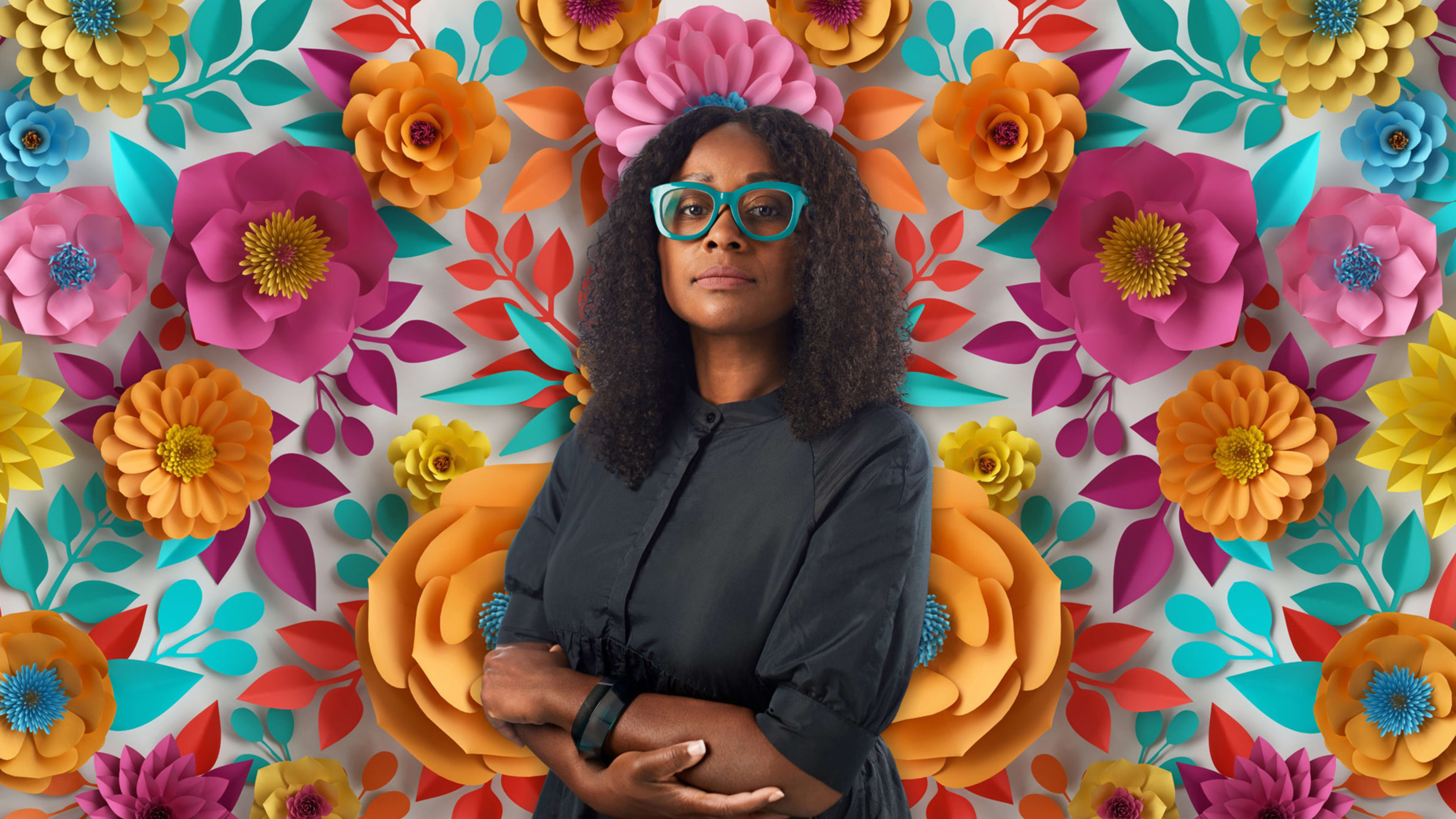Delanie West is founding creative director of the brand and consulting business Be Super Creative. She is also chief operating officer at Healthy Roots Dolls and partner & chief strategy officer at Black Creatives. She spoke to Doreen Lorenzo for Designing Women, a series of interviews with brilliant women in the design industry.
Doreen Lorenzo: How did you first get into design?
Delanie West: As a child, I was always watching my mom at the sewing machine. She had a small boutique label and she was always making and creating. Even in the way that she would arrange flowers, there was creativity. For me the real connection between creative thought and design started with my time playing piano and violin. Reading the notes and expressing thoughts via music exercised something in my brain. But when my parents bought me a Texas Instruments computer where you could write code and get these fun programming outcomes, that was my lightbulb moment. Then when I discovered the Macintosh a little bit later on, it was like I could use this tool to create notes in the same way I would engage with the piano or violin. For me, the Mac was an instrument, kind of like a fancy Etch-a-Sketch. That sealed the deal for me. I was into design completely.
DL: How did that love for design shape your career path?
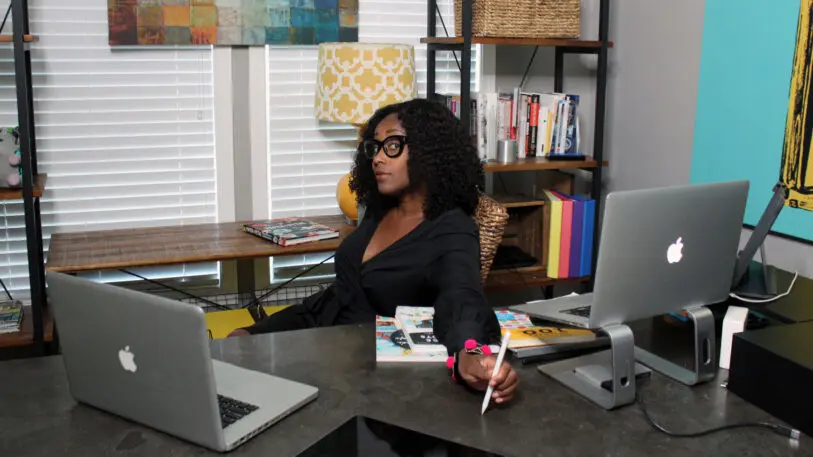
Now I’m also the Ohio cochair for Women in Toys, Licensing & Entertainment, a nonprofit organization with a mission to advance women in these industries. Most recently I was appointed to lead the Diversity and Inclusion Committee and the BWIT initiative, Black Women in Toys, Licensing & Entertainment. Our goal at BWIT is to engage in outreach efforts to the industry we serve to raise awareness, to provide educational programming, and to grant scholarships for students at a variety of colleges and universities, including historically Black colleges and universities. Diversity and inclusion can’t be a one-off initiative. It has to be constant work in process that needs to be maintained and nurtured to be effective. I’m really energized to work with my partners, to launch this initiative in our industry.
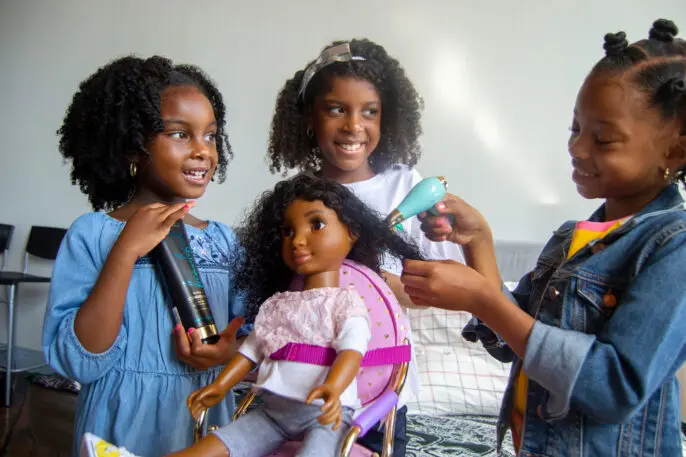
DW: I wanted the name of my company to be an invitation to action to be your best creative self. That was the invitation: Be super creative. It wasn’t just about me. It was about everybody. My moment of clarity was when I was ghost-designing products for Martha Stewart. I had already been designing and developing for 10 years. And I said, wait a minute. I’m creating this product, and she is going to represent this product as something that she’s curated and created. I said to myself, ‘Girl, you need to start developing your own intellectual property!’ I knew I had to start building my brand, so Be Super Creative was born. I was doing that work while I was doing my day job. They called it moonlighting at one point, but now we call it hustling. It was being an entrepreneur. Serving clients in the evening, on holidays. Since then I’ve been able to build out my brand recognition over time and serve a range of clients broader than I initially anticipated.
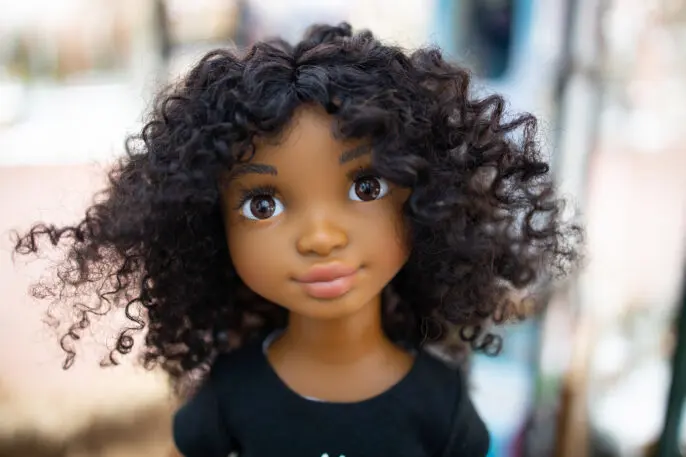
DL: Tell us about your work with the Black Creatives Network. What’s the role of chief strategy officer like?
DW: Initially, I joined Black Creatives in search of a space where my work as a Black woman and as a Black creative leader would be championed and a place where I could develop leadership skills, find mentors, and also have the potential to be a mentor. I didn’t feel seen in other organizations where I’ve sought membership. I had always found myself to be the only Black woman doing what I’m doing throughout my career, but at Black Creatives, I was one of many. We all had many shared experiences, and I felt welcome and at home.
For seven years, I contributed as an adviser, but in the past couple of months, I was invited to lead during a really critical time. It was a few weeks into COVID-19 when I joined the leadership team and then about a month or so after that, we experienced the George Floyd controversy. I was in the middle of a storm, but I was confident and felt perfectly positioned to lead. I’m there to position the company for the next 10 years of growth as we respond to the need to match talent with the demand for industry opportunities across all sectors. The most important work I’m doing is establishing the infrastructure of our network and our management consultancy. We’re offering strategic advice to many companies on how to manage their D&I initiatives from a creative point of view. Being in the right space at Black Creatives with my background has aligned us to do some really exciting work with some of the leading technology brands and publishing companies.

DW: Designers are going to be more conscious in what they do and what they choose to do. I’ve grown apart from the need to create something that people don’t know they need. There needs to be a disruption in the making-to-manufacturing process. We used to have an 18- to 24-month development cycle where we had time to ruminate and nurture an idea. Now not only is there this idea that we constantly have to produce new things faster, but we’re also competing against private label brands as creators. We’re competing against our customers, our factories, and manufacturers now that everyone has realized the value of design. When we’re competing on who can create cheaper and faster, it’s a race to the bottom. You leave no room for innovation. I believe many designers like myself are going to be looking to design with purpose. Who are we servicing? And can we be proud of the work that we’ve done?
DL: What are some of the products that you’re most proud of?
DW: One of the last things that I developed at Faber-Castell was sequined pets, the first weighted sensory toy for children. It was the first toy that had these reversible colored sequins. You see them everywhere now. But I was the first person to say, ‘Hey, can you make this happen?’ Everybody laughed at me at the factory, but what I love about this is that I created a new category for a 259-year-old pencil brand. They weren’t in the plush category, but they landed in it because of the innovation in this great product idea.
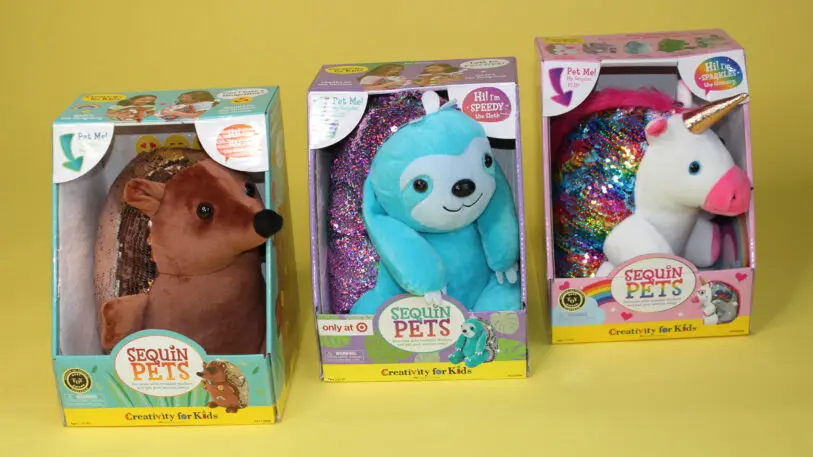
DL: You appear to seamlessly move between design, manufacturing, and engineering. What are some insights you could give designers about that?
DW: It is so much easier to create when you understand the boundaries and the guardrails. As designers, we tend to want to make something in the best, most beautiful way. It’s great to have that vision, but you’re designing for business and profitability, so you have to know how much something costs and how it’s made. Me understanding my role as a designer is understanding costing, sourcing, timeline, the kind of factory that I need. I’ve got all of that baked into my design process, and I don’t have to have a team meeting to get there because it’s all in my head. If you can take a multidisciplinary approach, whether it’s product management and design or engineering design or just knowing more than just design, you can leverage that to do incredible work that’s on the mark.
DL: What do we tell young designers? What advice would you give them?
DW: Be curious always. Ask questions. No question is stupid. Be uncomfortable. Seek situations that are going to make you uncomfortable because through that you’re going to grow. Be vulnerable. You’re going to have to be able to take the critique. That’s just gonna make you a better creative. Find a mentor. But understand, at the same time, you want to mentor someone else. Engage in some peer mentoring. You might find yourself mentoring your mentor. Volunteer for as many projects as you can. Civic projects or projects where you can help someone out. And join as many diverse teams as possible, so you can develop a broad perspective. You are solving problems through your lens, but you want to think about solutions through the lens of someone else. Do the work that you enjoy and the work that you hate, but don’t be afraid to change disciplines if you’re in a space where you no longer love what you do.
Recognize your brand’s excellence by applying to this year’s Brands That Matter Awards before the early-rate deadline, May 3.
